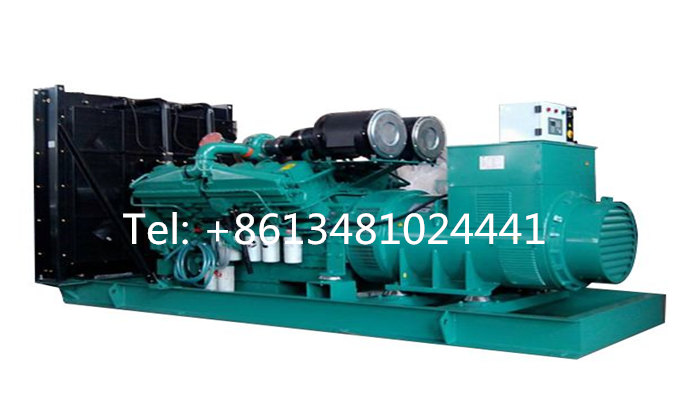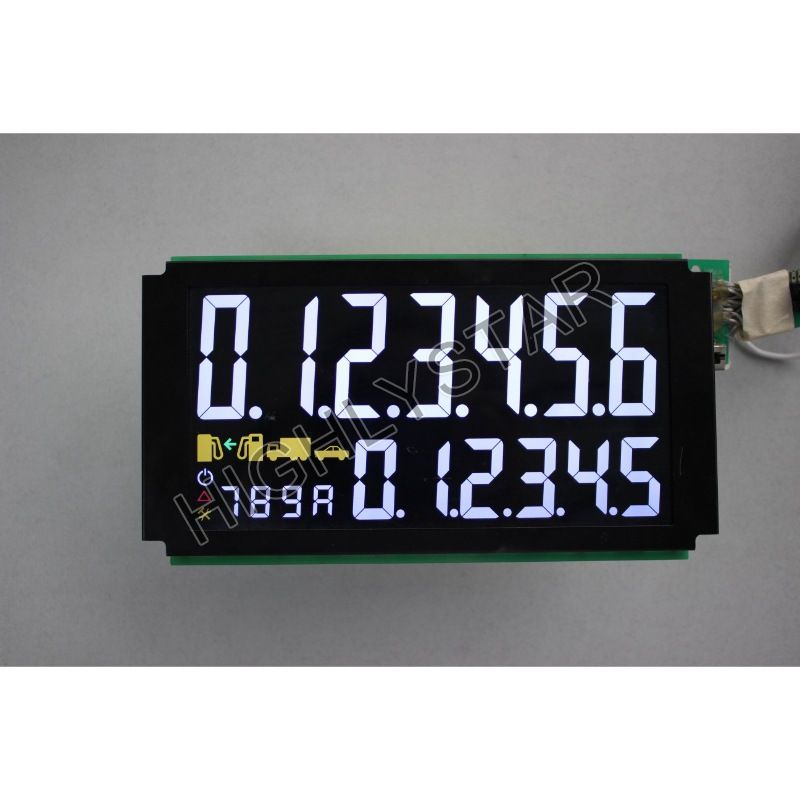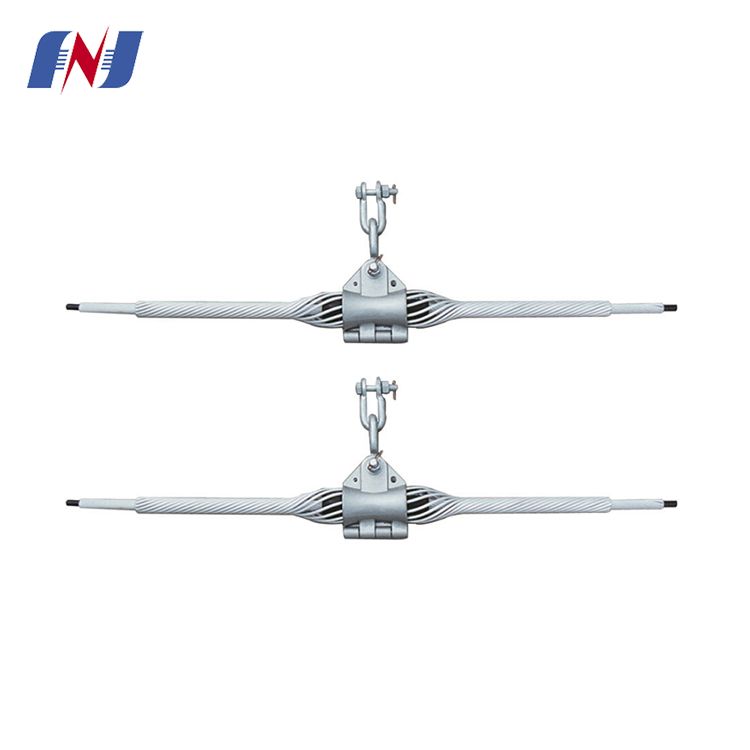How to maintain and maintain diesel generators?
Diesel generators are backup equipment that ensures the supply of electrical energy after a power outage. Routine maintenance can extend the service life of the generator. The maintenance of diesel generators is divided into weekly maintenance work, monthly maintenance work and annual maintenance work.
Let's learn more about the maintenance and maintenance of diesel generators in detail.
1. Weekly maintenance work
1. Check the engine oil level. The oil level should be kept between the upper and lower scales of the dipstick. If necessary, add the same type of engine oil.
2. Check the amount of diesel oil, drain the fuel tank, drain water, and check for leaks. The added diesel oil needs to settle for 24 hours.
3. Check the coolant level. The level should be kept about 5 cm below the neck of the water tank cap. Add distilled water when necessary.
4. Check whether the coolant heater is working (please check in winter).
5. Check the air filter indicator. If there is a red mark, please replace the filter element or filter.
6. Check the battery charging voltage (only for automatic units). The normal charging voltage of a 12-volt battery is about 14 volts, and the normal charging voltage of a 24-volt battery is about 27 volts.
7. Clean the unit.
2. Monthly maintenance work
The generator set should run with load for at least 30 minutes every month. The startup steps and inspection items are as follows:
Before starting the generator set
1. Check the items in your weekly work and add the following items.
2. Check the environment around the unit. The engine room should be well-lit, air-circulated, and clean. No debris should be piled up. Noise reduction measures should be adopted in accordance with environmental protection requirements to avoid affecting the normal operation of the unit.
3. Check whether the air inlet and exhaust channels and smoke exhaust pipes of the unit are blocked.
4. Environmental machine inspection: Check whether there is any waste stuck in the radiator or engine, or whether there are loose or fallen bolts or guards, and tighten and repair them if necessary.
5. Check whether the fan belt is too loose and worn, and adjust or replace it if necessary.
6. Check the condition of each instrument. The instrument should be complete and intact, and the indication should be accurate. If any damage is found, please replace or repair it.
7. Check whether the wiring of the generator and control panel is loose.
8. Whether the cooling water, lubricating oil and diesel oil have reached the specified liquid level.
9. Check whether there is water leakage, oil leakage, air leakage or electricity leakage in the generator set.

After the generator set is started
1. The unit should work stably and operate normally.
2. Check the oil pressure gauge: the normal working pressure is generally between 3 and 6.5 Bar. The oil pressure value of small units is generally slightly lower, and the oil pressure value of large units is generally slightly higher. According to different regional seasonal conditions, choose lubricants of different viscosities.
3. Check the water temperature meter: The water temperature depends on the ambient temperature and load size, and should generally be maintained between 70 and 90 degrees.
4. Check the charging voltmeter: the charging voltage is generally about 2-3v higher than the battery voltage.
5. Check the AC frequency.
6. Check the AC voltage.
Further reading:Common faults and troubleshooting methods of diesel generators
Energy storage 101: how energy storage works
What is difference between offline UPS and online UPS?
The best UPS battery backup for PC gaming in 2023
What’s the Difference between Start Stop Car Batteries & Normal Batteries?
What are the pros and cons of glass insulators?
Unlocking Efficiency: How ZCL Permanent Magnet Motors Solve Your Energy Woes
7. Check AC current.
8. Check the unit for noise and leakage, and shut down for maintenance if necessary.
9. Check whether the cylinder operation, cooling water circulation and exhaust color are normal, and stop the machine for inspection if necessary.
Generator set shuts down
There are two types of unit shutdown: normal shutdown and emergency shutdown:
1. Normal shutdown: Cut off the load first, run without load for 5 minutes, and then shut down.
2. Emergency shutdown: When danger or failure occurs in the operation of the unit, it will be shut down immediately.
Emergency shutdown should be carried out when the following situations occur:
(1) Speeding failure.
(2) The oil line is blocked or the water temperature is too high (100 degrees Celsius)
(3) Abnormal noise occurs, the flywheel is loose or the transmission mechanism fails.
(4) The pointer of the oil pressure gauge suddenly drops.
After the diesel generator set is shut down
1. Check whether the automatic switch (only for automatic units) is in the desired position.
2. Check the fuel level in the diesel tank and top it up if necessary.
3. Check the fault display and report for repair if necessary.
4. Add lubricating oil to components other than the self-circulating system.
5. Keep operating records and clean the machine room and equipment.
6. Make preparations for the next boot.
3. Annual work (must be handled by experienced technicians)
1. Check the items in your weekly work and add the following items.
2. Replace the fuel filter and drain the fuel tank.
3. Clean the crankcase breather.
4. Check the valve clearance and adjust if necessary.
5. Check and test the engine protection system.
6. Check whether the electric ball is damp, clean the internal dust and debris, use a megger to check and record the insulation degree of each winding, and add grease to the bearings.
7. Carry out a load test, run at least 30% load for 2 hours, and record each data.
After the load test is completed, replace the engine oil and oil filter.
What Are the Requirements for Explosion-Proof?
Types of Wire Connectors
How Will Supply Chain Disruptions Impact Our Magnetic Component Production?
Custom Switchgear Cabinet Solutions for Any Application
Top 5 Benefits of Custom Inductors for Your Electronics Projects
What Factors Influence Your Switchgear Purchase Decisions?
Related Articles
If you are interested in sending in a Guest Blogger Submission,welcome to write for us!





Comments
0